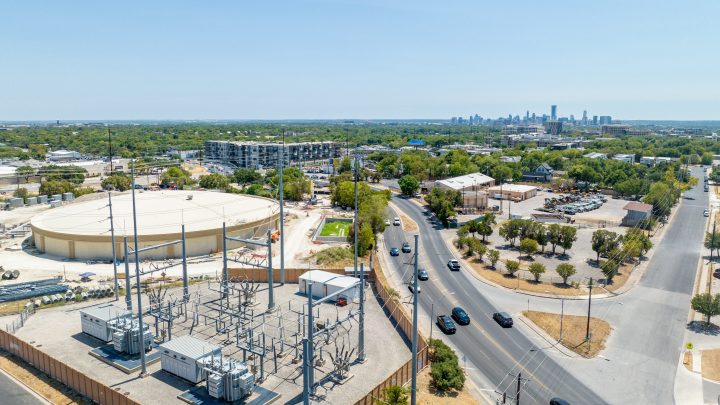
Texas’ electric grid is feeling the strain, and it’s not even that hot yet
Texas’ electric grid is feeling the strain, and it’s not even that hot yet

Right now, it’s April. Mid-April. And it is not particularly hot in the state of Texas. Low 90s in Laredo, sure. It’s on the Mexican border. But the rest of the state? They’re in the 80s, even 70s. And yet, ERCOT, the Texas grid operator, is already worried about keeping the lights on.
The agency, formally the Electric Reliability Council of Texas, asked electricity suppliers not to schedule maintenance Tuesday for fear that temps in the 80s would strain the grid.
If it’s bad now, what the heck will summer be like?
For a lot of Texans, it didn’t really feel like the kind of day you’d need to worry about the grid.
“Most people, you know, will walk outside and say, ‘Hey, it’s not 100 degrees outside. Why is there an issue?'” said Joshua Rhodes with the University of Texas at Austin.
The issue, he said, is that power plants do annual maintenance in April. That takes thousands of megawatts offline, making it harder for the grid to handle a burst of heat.
Rhodes said climate change is shrinking those maintenance windows. “So that puts an additional strain on the system because these power plants, they do need to take these outages,” he said.
Texas had a big outage in April 2006, said Doug Lewin, an energy consultant and author of the Texas Energy and Power Newsletter.
“At least some of the major metros had 100 degrees in April,” he said.
Too many power plants were under maintenance to meet demand during that temperature spike. But Lewin said one of the big differences between then and now is that Texas now has a lot of wind and solar energy — about 40,000 megawatts of wind and 20,000 of solar.
“That extra solar supply, which, of course comes when it’s sunny and when our air conditioners are running most, that provided the difference last summer,” said Daniel Cohan with Rice University.
But the sun doesn’t always shine, and Texans’ energy demand keeps growing. Thanks to crypto mining, data centers, electric vehicles, manufacturing and more people moving to the state, energy consultant David Blackmon worries about having the right mix of sources.
“We don’t really have adequate battery capacity to store the wind and solar electricity when it’s generated midday,” he said.
Blackmon said Texas shouldn’t transition away from using natural gas to generate electricity until there are more advanced ways to store renewables.
There’s a lot happening in the world. Through it all, Marketplace is here for you.
You rely on Marketplace to break down the world’s events and tell you how it affects you in a fact-based, approachable way. We rely on your financial support to keep making that possible.
Your donation today powers the independent journalism that you rely on. For just $5/month, you can help sustain Marketplace so we can keep reporting on the things that matter to you.

















